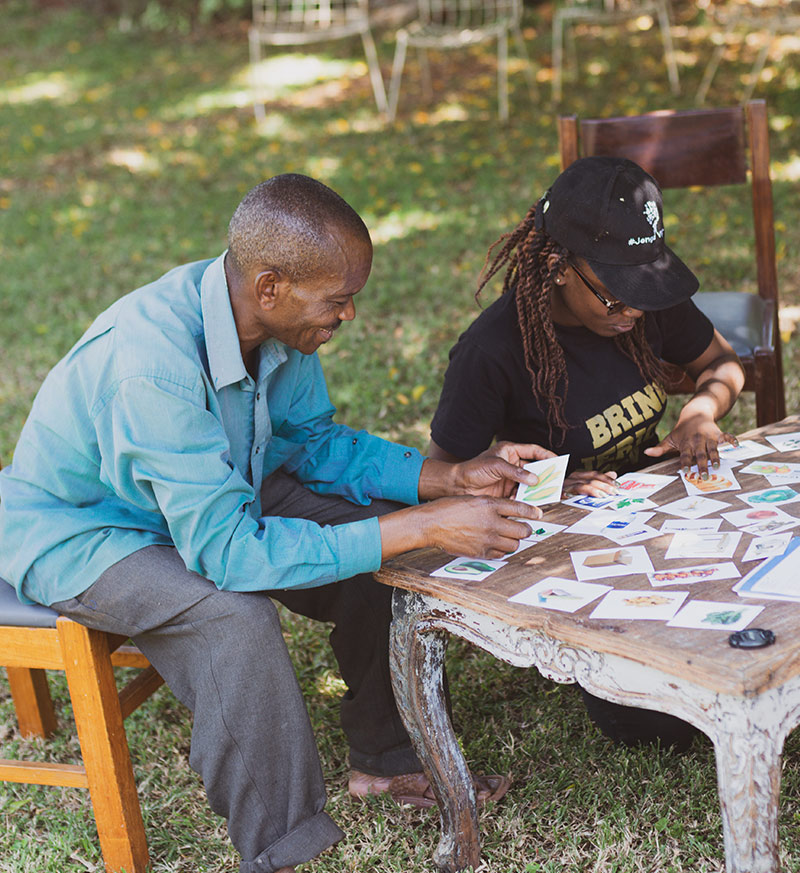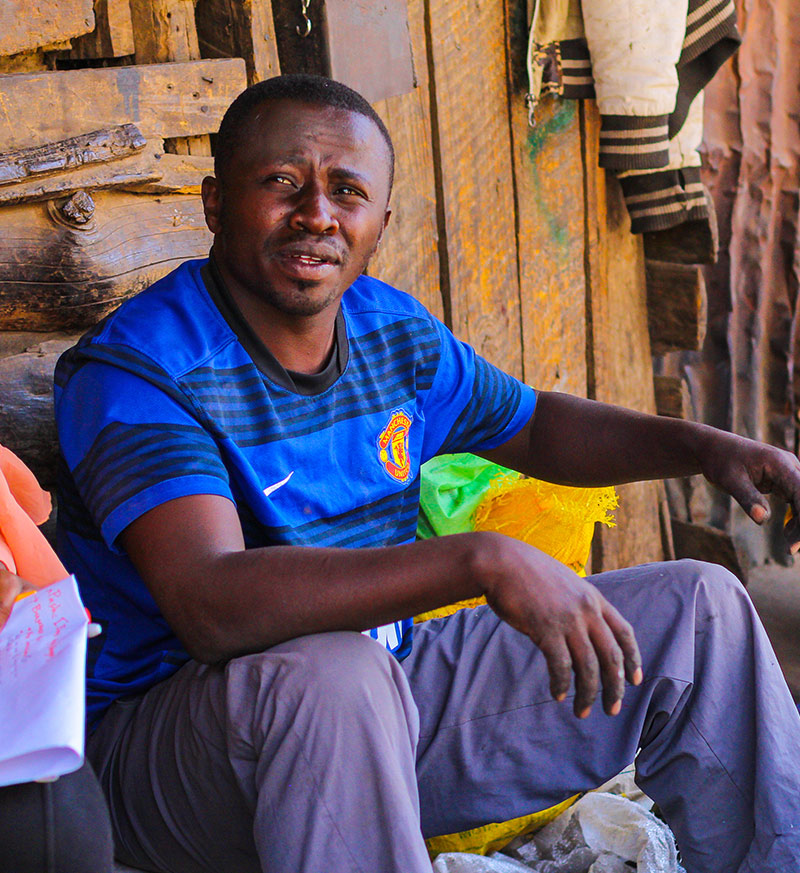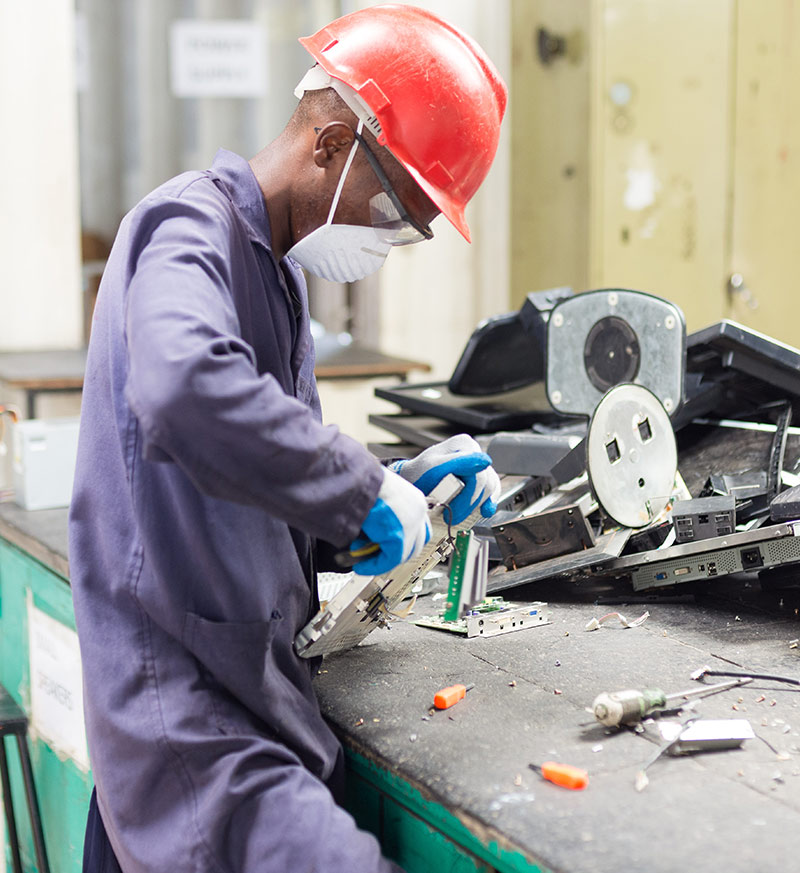Household Sorting
Despite people knowing different types of waste, they find sorting tedious.
This demotivates individuals in households from engaging in proper waste management
practices. This is further worsened by the fact that garbage collectors are likely
to mix all sorted waste either in hand carts (mkokotenis) or in garbage tracks.
Besides, proper facilities to handle the different types of waste at the household
level are lacking. Waste is then not sorted at the source which means a lot of
recyclable waste ends up at the dumping site.
“I can sort but after sorting, the person that picks the garbage mixes them all
again so what’s the point of sorting?” — Salon owner, Dandora
HMW change the perception of sorting in households from tedious & time
consuming to a natural & effortless act?
Sustainable Waste Management Practices in Schools
Schools are an incubator for building value systems where students learn by example
from teachers. However, most schools use waste management as a form of punishment
creating a negative perception towards sorting practices both at home and at school.
“How else can we punish students if not through cleaning? Beating them is not allowed
anymore.” — High school teacher
HMW leverage teachers’ influence to create a new basic standard of waste management
practices in schools that encourages environmental sustainability?
HMW change the narrative of waste management in schools to “Your waste is your responsibility”?
Unprofitable Business Model for Garbage Collectors
Garbage collectors charge a fixed fee to collect waste from households. The waste
collected is then sorted into different categories which are then sold. Any waste deemed
non-valuable is transported by hand carts (mkokotenis) to different disposal points.
The money collected from households and selling of sorted waste is then used by the
garbage collectors for their livelihood.
“Our work is like a free service to the community. It’s not sustainable. What we get
is not enough to support our livelihood.” Garbage collector, Dandora
HMW create a model for garbage collection businesses that can offer sustainable livelihoods?
Exposure to Health Risks
There are lots of health risks involved in waste collection. These include the handling
of broken glass and handling of hazardous e-waste which exposes garbage collectors to
toxic materials such as lead and mercury contaminants. Despite this, neither do the
people handling waste own any protective gear nor do they practice proper safety measures.
“We don’t use protective gear like gloves or gumboots because we can’t afford them”
Garbage collector, Dandora
Disconnect Between Stakeholders
Conflicting practices and frameworks within the different stakeholders involved in
handling waste hinder the whole process of waste management. The enforcement of
waste management policies on the ground is administered differently based on who
you know. This creates frustrations and inefficiencies in the implementation of
proper waste management practices. Recycling companies thus find it difficult to
get affordable raw materials from sorted waste products.
“Since waste is not sorted at the source we get raw material that is tampered with
and not of good quality. This affects the whole process of recycling.”- Recycler






